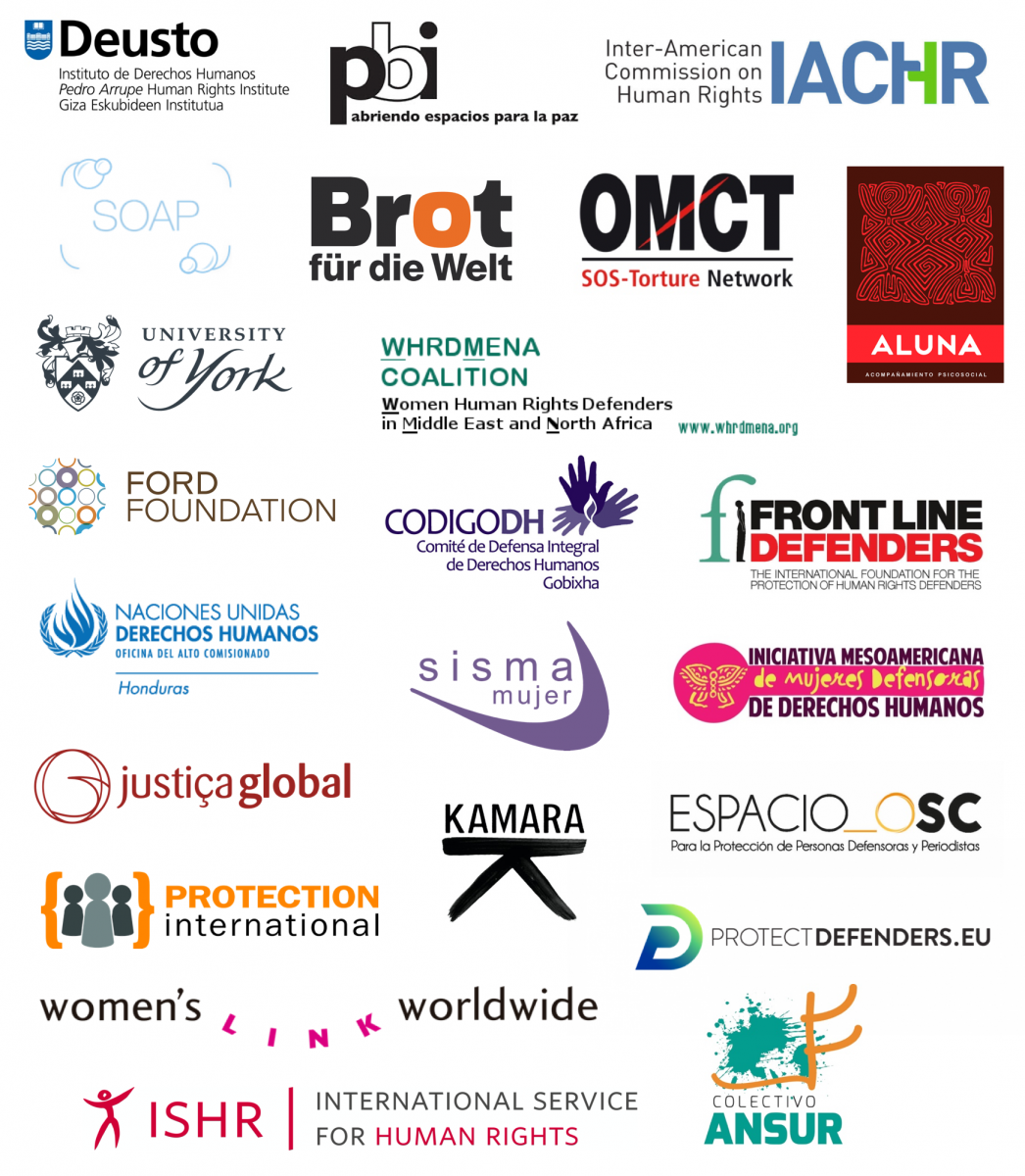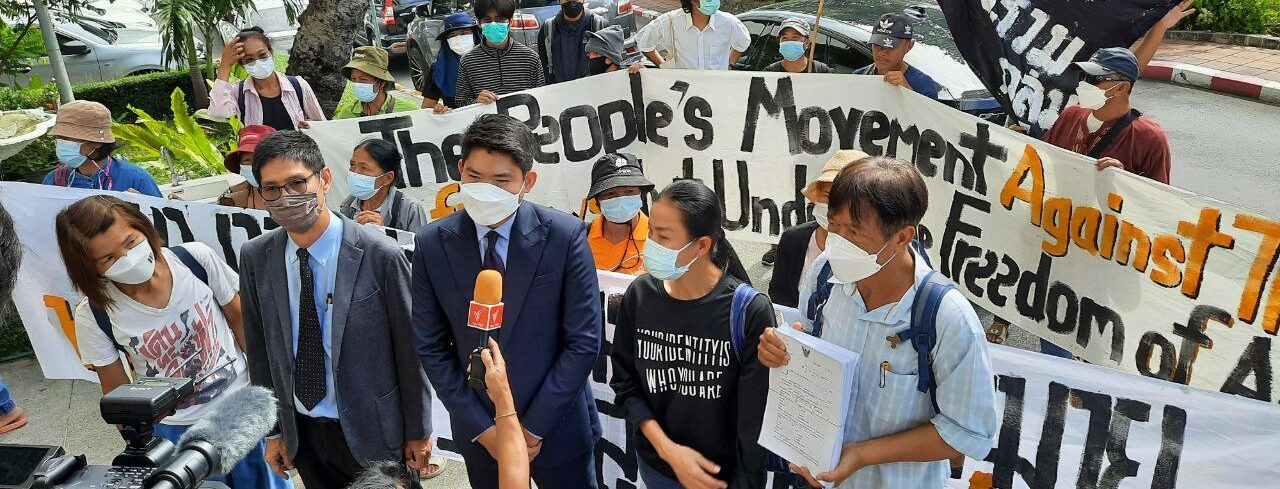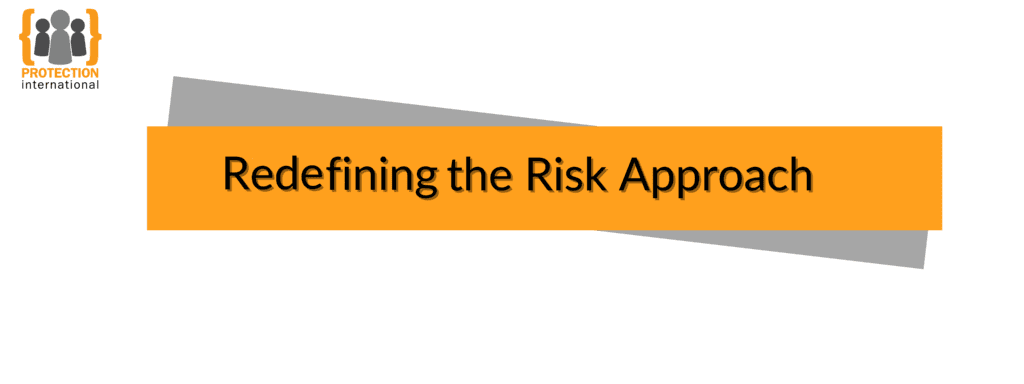Guidance for States on how to more efficaciously protect human rights defenders
[Brussels] 26 January 2021.- Today, we are proud to publish the Risk Analysis and Protection Plan Principles, otherwise known as the “Risk Approach Recommendations”, which were created in collaboration with over 65 human rights defenders and experts from around the world to push for improved protection practices. The document provides 21 concrete statements outlining the most essential and foundational concepts behind implementing the risk approach for protection—from conducting a situated risk approach to building an effective protection plan.
“After all these years using the risk approach, it was about time to define recommendations and standards about how best can it be applied for the protection of human rights defenders,” said Enrique Eguren, co-founder of Protection International and one of the original contributors to the first Manual for protecting human rights defenders using the risk approach.
These principles are meant to guide government officials–particularly those tasked with adopting a public policy or involved in State protection mechanisms—as well as inform human rights defenders and organizations, providing them with a concrete reference of what they should expect from the State.
The risk approach is a widely adopted methodology for protecting human rights defenders. After 15 years of its implementation, the human rights community came together to reflect on the immense progress that has been made but also the many challenges and misunderstandings that are preventing this methodology from achieving even greater results. The co-authors of these principles represent human rights organizations, coalitions of defenders, UN agencies, donors, academia, and State protection mechanisms from the Americas, Europe, the Middle East and North Africa, Sub-Saharan Africa, and Southeast Asia. The diversity of our experiences coupled with the solidarity of our cause—to protect and defend the right to defend human rights—is ultimately what produced the resultant statements.
“We carried out this initiative using the Delphi method, which is a gradual process in which many experts from a variety of backgrounds and disciplines are all working together to come to a consensus about something,” says Meredith Veit, who helped to orchestrate the process, “We scrutinized each of these statements many times, over multiple rounds of individual surveys as well as open, virtual discussions, slightly tweaking and improving the phrasing and the content as we worked.”
These principles are just the beginning, and over the coming years, we will continue to research and develop new initiatives for ensuring the more effective adoption of these statements in practice as well as continually improving upon the statements themselves. We highly encourage the human rights community to interpret these principles as ideal yet extremely achievable goals for any country they may be operating in. Advocating for these principles means advocating for an inclusive, reasoned, and rights-based approach to protecting those who put their lives and well-being on the line for a better world for us all.
The Risk Analysis and Protection Plan Principles are currently available in English, Spanish, French, Portuguese, and Arabic. If you would like to translate these principles into another language, please let us know so that we can collaborate.
Key takeaways:
- Over 65 human rights defenders and experts from the Americas, Europe, the Middle East and North Africa, Sub-Saharan Africa, and Southeast Asia came together to craft a list of principles for implementing the Risk Approach
- The Risk approach has been implemented for the protection of human rights defenders for the past 15 years—by the United Nations, the Inter-American system, human rights organizations, as well as Courts of several countries.
- Human Rights advocates from topical NGOs, UN agencies, donors, academia, and state protection mechanisms came together to agree on how to create risk analyses and protection plans that are empowering, situated, intersectional, and, ultimately, human rights defender-centric
Launch event
Watch the recordings of the webinar to learn about the importance of using the Risk Approach when it comes to the protection of human rights defenders as well as why we need minimum standards when doing so.
Speakers include:
- Joel Hernández García, President, Inter-American Commission on Human Rights (IACHR)
- Brian Dooley, Senior Advisor to the UN Special Rapporteur on the situation of human rights defenders
- Luciana Peri, Coordinator of the European Union Temporary Relocation Platform (EUTRP) and the “Shelter Initiatives” program, Secretariat of ProtectDefenders.eu
- Magda Adamowicz, Program Officer, Human Rights Initiative, Open Society Foundations
- Ricardo Neves, Human Rights Officer, Office of the United Nations High Commissioner for Human Rights in Honduras
- Paola Pacheco Ruíz, Coordinator of Comprehensive Accompaniment to Human Rights Defenders and Migrants of the Scalabrinianas Mission with Migrants and Refugees, Espacio OSC Mexico
- Islam Al-Khatib, Project Officer, WHRD MENA Coalition
- Salome Nduta, Director of Programs, Defenders Coalition (Participating independently)
- Jorge Ruiz del Angel, Director General for the Protection of Human Rights Defenders and Journalists, Mechanism for the Protection of Human Rights Defenders and Journalists, SEGOB Mexico
Moderated by: Enrique Eguren & Meredith Veit, Protection International
Contact
For more information please contact: Meredith Veit Meredith. veit [at] protectioninternational.org (Meredith.veit [at] protectioninternational.org) or Enrique Eguren qeguren [at] protectioninternational.org (qeguren [at] protectioninternational.org)
Contributors
For a full list of contributors, please view the final pages of the Risk Analysis and Protection Plan Principles.
CREATED WITH THE SUPPORT OF:



